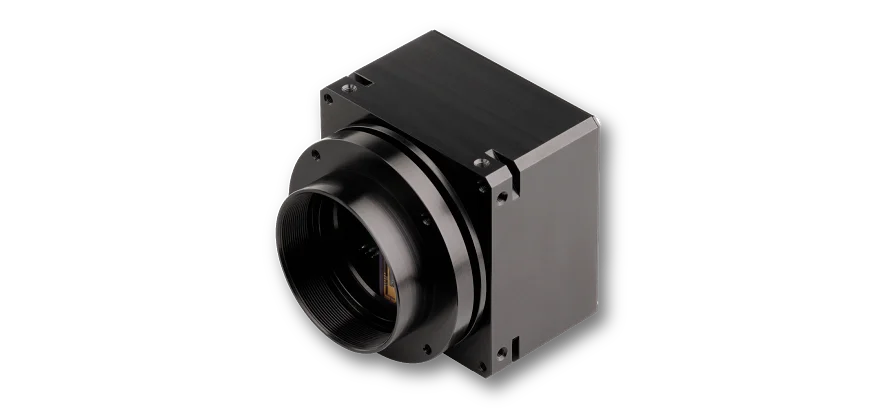What are Line Scan Cameras?

Camera casing GigE M45x0.75
Introduction
Line scan cameras are semiconductor cameras used in many industrial environments.
The single photosensitive line sensor contains – depending on type – up to 22800 picture
elements (pixels). Light energy incident on the sensor is transformed into an electric signal for
digitization within the camera.
At 8-bit resolution, the A/D converter transmits the output voltage of each pixel into one of
256 brightness levels, at 12-bit resolution into 4096 brightness levels.
Color line scan cameras provide three separate line signals for Red, Green and Blue with
either 3 x 8-bit or 3 x 12-bit per pixel. The digitized output signal is transfered to a computer
via various interfaces according to requirements, e.g. Gigabit Ethernet or USB 3.0.
Advantages of Line Scan Cameras
The advantages of a line scan camera include
- High optical resolution of up to 8160 pixels (monochrome) or 3 x 7600 pixels (color RGB)
- High speed of up to 54 kHz line frequency
- Flexible parameter setting for the line scans
- Synchronizing of each individual line, as well as the triggering of frames
- When focused on the zenith of cylindrical objects, the line scan camera delivers sharp, distortion-free images of the external surface during rotation
- Flexible image height from 1 up to 64000 lines per image
- Continuous scanning of endless materials such as foils or paper without a time limit.